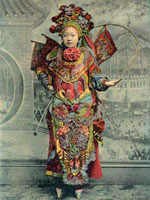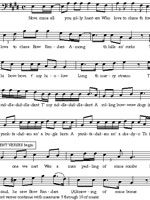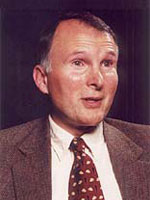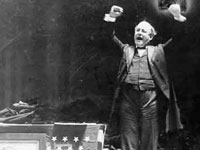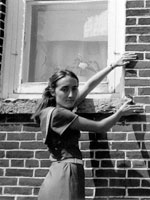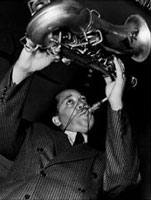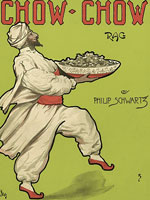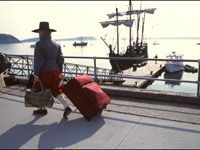Library of American Broadcasting Sound Bites
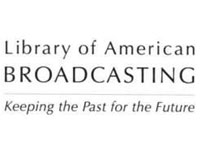
A sample of 13 audio files of radio commercials from the late 1950s through the early 1960s—part of the Radio Advertising Bureau Collection. This is part of the larger collection of 850 discs, containing approximately 70 hours of material, that have been remastered. The Bureau, a national trade organization, was formed in 1950 (as the Broadcast Advertisers Bureau) to promote radio as a medium for advertisers. The samples—available in two formats, .WAV and .AIFF—include ads for toothpaste, cold medicine, soft drinks, gasoline, beer, cigarettes, cookies, automobiles, dog food, deodorant, and pimple cream. Useful for those studying consumer culture and the use of pop music and radio in advertising.
